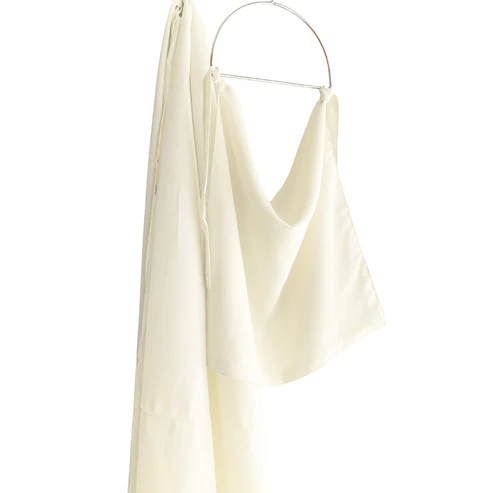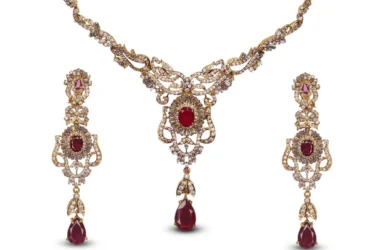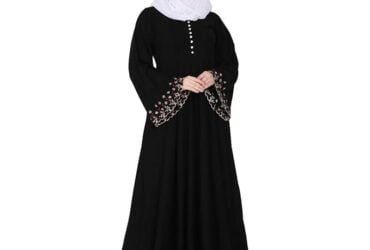
Ad Details
-
Ad ID: 6504
-
Added: May 13, 2024
-
Condition:
-
Views: 20

Description
The niqab is a traditional Islamic garment worn by some Muslim women as a symbol of modesty and identity. It covers the face, leaving only the eyes visible, and is often worn in conjunction with a headscarf and loose-fitting clothing.
Historical and Cultural Significance
The niqab has a long history and holds cultural significance in many Muslim-majority countries. It is believed to have originated in the Arabian Peninsula and spread to other regions over time. The decision to wear the niqab is a personal choice for women, influenced by a variety of factors such as religious beliefs, cultural traditions, and individual preferences.
Controversy and Misunderstandings
Despite its cultural and religious significance, the niqab has been a subject of controversy and misunderstandings in some societies. Some argue that it is a symbol of oppression or a barrier to integration, while others believe it is a matter of personal freedom and religious expression. It is important to approach discussions about the niqab with empathy, respect, and a willingness to understand diverse perspectives.
It is worth noting that the niqab is not a requirement in Islam, and not all Muslim women choose to wear it. Islam encourages modesty, but the interpretation and practice of modesty vary among individuals and cultures.
Respecting Individual Choices
Respecting the choices of individuals who wear the niqab is essential for fostering inclusivity and understanding. It is important to recognize that wearing the niqab does not necessarily indicate a lack of agency or independence. Muslim women who choose to wear the niqab often do so as an expression of their faith and personal identity.
By engaging in open and respectful conversations, we can bridge the gap of understanding and challenge stereotypes surrounding the niqab. Embracing diversity and promoting acceptance allows us to build a more inclusive society where individuals of all backgrounds can coexist harmoniously.













Leave a Comment
Your email address will not be published. Required fields are marked. *